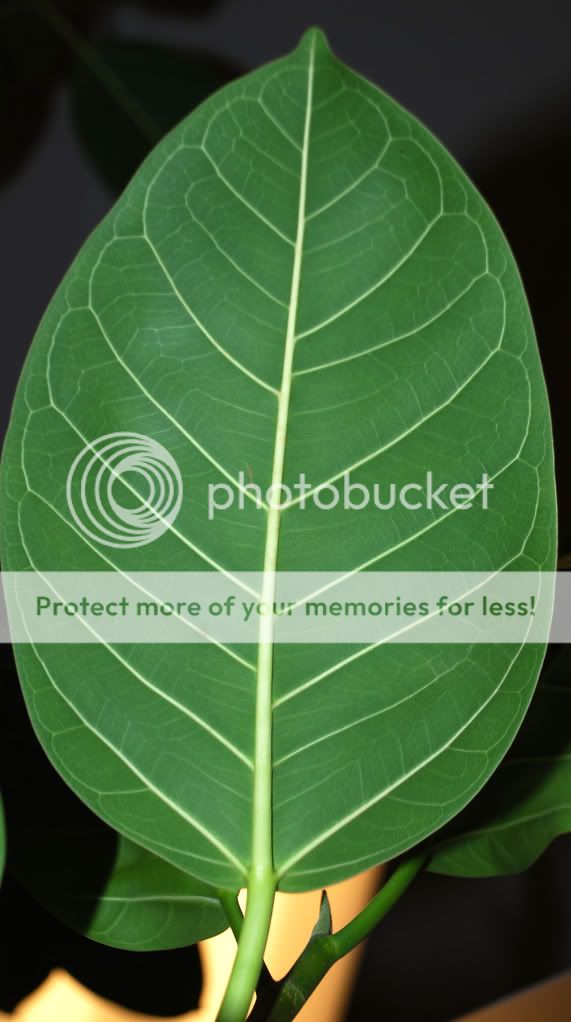




How permies.com works
What is a Mother Tree ?




Brenda
Bloom where you are planted.
http://restfultrailsfoodforestgarden.blogspot.com/




I'm offering weekend permaculture courses in the SF Bay area. Info (and more) at http://patternliteracy.com
 2
2









 3
3








"To oppose something is to maintain it" -- Ursula LeGuin








land and liberty at s.w.o.m.p.
www. swompenglish.wordpress.com
 2
2




Certifiable food forest gardener, free gardening advice offered and accepted. Permaculture is the intersection of environmentalsim and agriculture.








We'll be the water for their fire.




 1
1











 1
1














|
Time is mother nature's way of keeping everything from happening at once. And this is a tiny ad:
Rocket Mass Heater Resources Wiki
https://permies.com/w/rmh-resources
|






